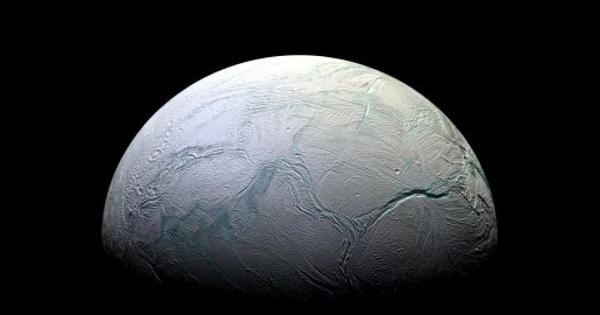The Trifid Nebula is a H II region in the Milky Way’s Scutum-Centaurus Arm, located northwest of Sagittarius. It also known as Messier 20 (M20), is a well-known astronomical object in Sagittarius. On June 5, 1764, Charles Messier discovered it. Its name translates as “three-lobed.” It is a fascinating and visually striking celestial feature that combines an emission nebula, a reflection nebula, and a dark nebula.
The dark dust lanes that divide the Trifid Nebula into three distinct lobes give it a trilobate appearance. The dense interstellar dust in these dark lanes obscures the light emitted by background stars. The nebula is illuminated by NGC 6514, a young, massive star cluster that is responsible for the emission and reflection components of the nebula.
The object is a unique combination of an open cluster of stars, an emission nebula (the relatively dense, reddish-pink portion), a reflection nebula (the primarily NNE blue portion), and a dark nebula (the apparent ‘gaps’ in the former that cause the trifurcated appearance, also known as Barnard 85). The Trifid Nebula is a bright and unusual object that is a perennial favorite of amateur astronomers when viewed through a small telescope.
HD 164492A, an O7.5III star with a mass more than 20 times that of the Sun, is the most massive star to form in this region. A cluster of approximately 3100 young stars surrounds this star.

The Trifid Nebula’s emission nebula is made up of ionized hydrogen gas, which emits light in a distinctive red color. The intense ultraviolet radiation emitted by the cluster’s hot, young stars excites and ionizes this gas. The dust grains in the reflection nebula scatter and reflect blue light from nearby stars, giving it a bluish appearance.
The Trifid Nebula is about 5,200 light-years away from Earth and has a diameter of about 40 light-years. Because of its striking appearance and abundance of star-forming activity, it is a popular target for amateur and professional astronomers. Numerous new stars are being born within the nebula in dense regions of gas and dust known as stellar nurseries.
Characteristics
In 1997, astronomers using the Hubble Space Telescope investigated the Trifid Nebula, using filters that isolate emission from hydrogen atoms, ionized sulfur atoms, and doubly ionized oxygen atoms. The images were combined into a false-color composite image to simulate how the nebula would appear to the naked eye.
The close-up images reveal a dense cloud of dust and gas that serves as a stellar nursery for embryonic stars. This cloud is approximately 8 light-years from the nebula’s central star. A stellar jet about 0.75 ly long protrudes from the cloud’s head. A young stellar object deep within the cloud is the source of the jet. Jets are the byproducts of star formation, and the jet glows due to radiation from the nebula’s central star.
The Trifid Nebula was discovered in June 1764 by French astronomer Charles Messier. It is the twentieth object in Messier’s famous catalog of comet-like objects, hence the designation Messier 20 or M20. Since its discovery, the nebula has been extensively studied using a variety of telescopes and instruments at various wavelengths, revealing more about its intricate structure and star formation processes within it.
















